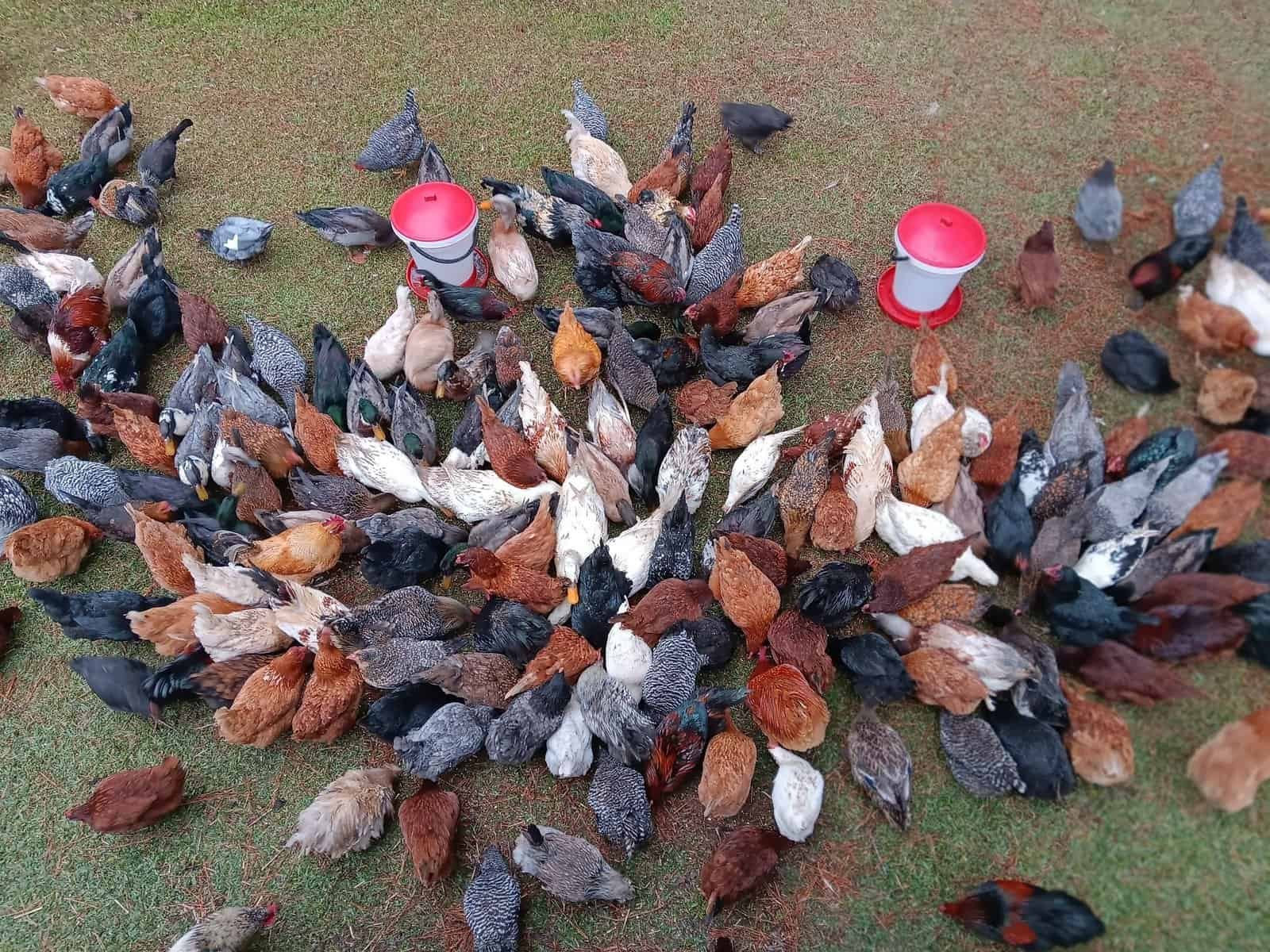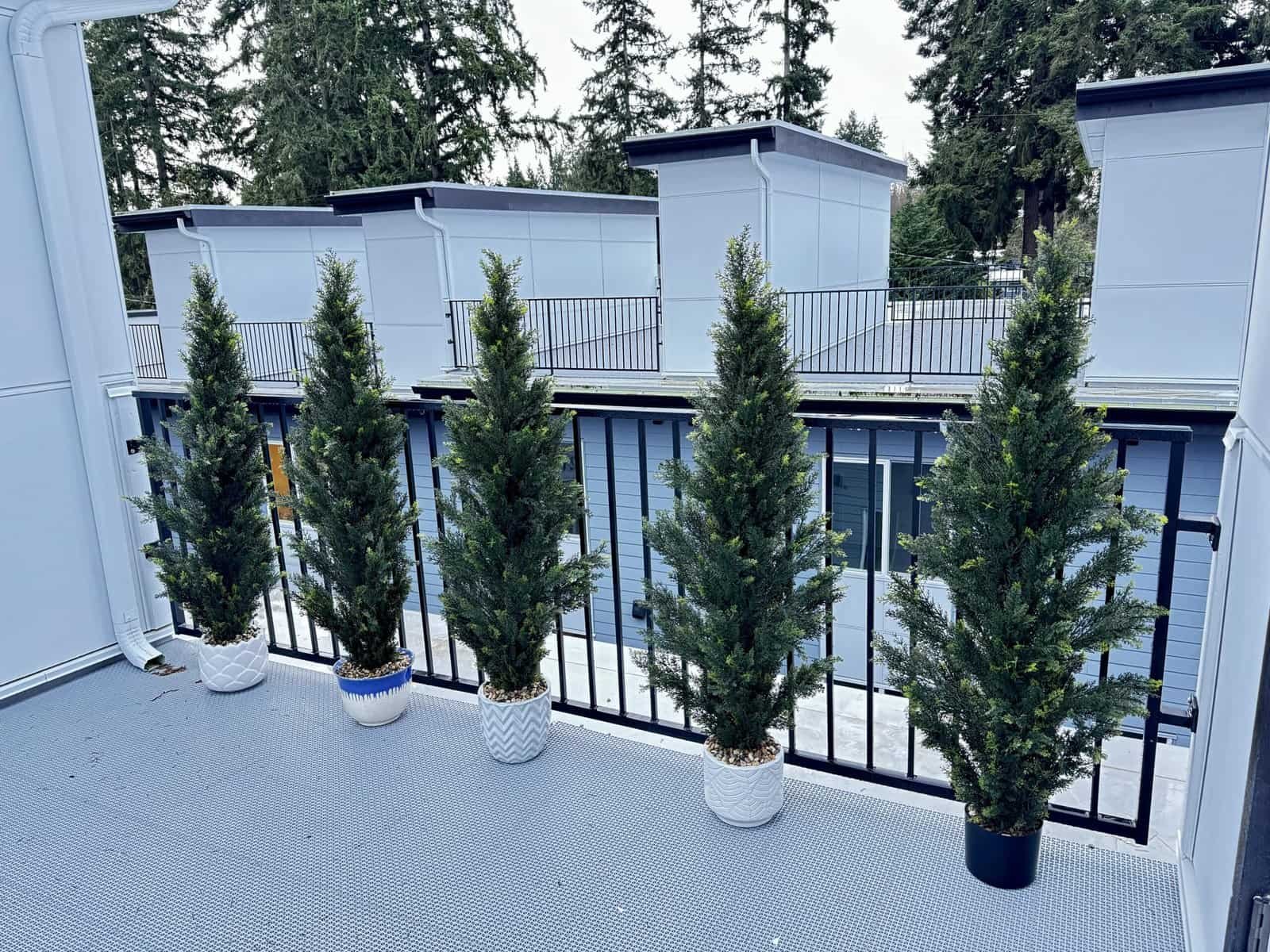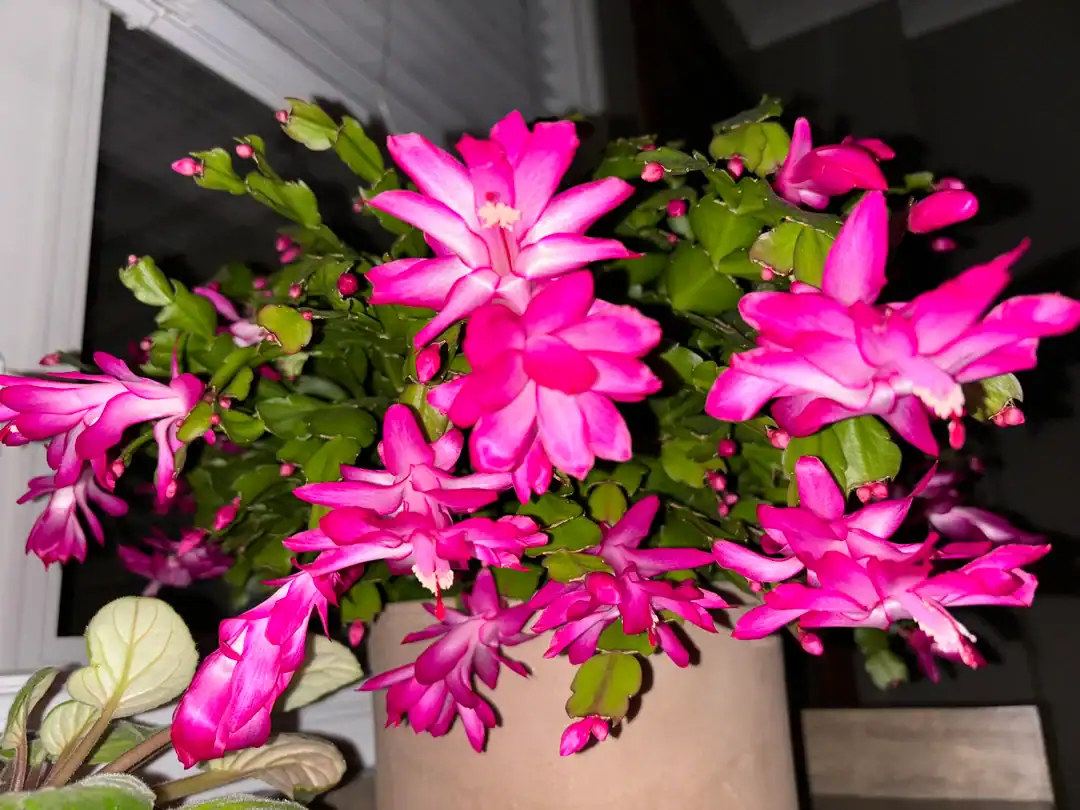
Hello
Clematis vines are some of the most stunning plants you can grow. With over 300 species, their flowers come in many shapes, sizes, and colors like pink, purple, white, and yellow. Some blooms get as big as six inches across! These vines need proper care to thrive—pruning plays a key role in keeping them healthy.
Clematis also climbs best with supports like arbors or trellises.
Many gardeners think clematis roots must stay shaded all the time, but that’s not fully true. Mulching works better for keeping roots cool in hot weather. They also love rich soil that drains well and at least six hours of sunlight daily for maximum blooms.
I’ve picked tips from years of growing clematis beautiful vines to help you enjoy lush growth and long-lasting flowers. Stick around; there’s plenty to uncover!
Contents
Clematis Variety and Selection
Clematis comes in many shapes, sizes, and colors—there’s a vine for every garden style! Pick the right type based on when it blooms and how it grows.
Wide range of species, varieties, and forms

There are over 300 clematis species worldwide. These include perennial vines, evergreen types, shrubby forms, and even compact varieties.
Flower shapes vary too. Some look like stars or bells. Others have double blooms. Colors range from white and pink to deep purple and yellow. ‘Nelly Moser’ shows off bi-colored petals, while the dark ‘Jackmanii’ stands out in any garden.
Bushy kinds, such as ‘Chloe,’ can grow into small hedges that bloom for months!
Categorized into groups based on blooming periods and growth habits
Clematis varieties fall into three groups based on bloom periods. Group 1 clematis blooms in spring on old wood. These need no pruning and include types like “clematis florida.” Group 2 clematis has flowers from early to mid-summer, blooming on both new and old wood.
They only need light trimming after their first show of blooms.
Group 3 clematis grows flowers late in the season on new growth. This group can handle hard pruning each year, back to about a foot tall. Mixing these groups can keep your garden full of clematis flowers for five months straight! Examples such as “Sweet Summer Love” or “Josephine” even rebloom with proper care during summer months.
Pruning Clematis
Pruning helps clematis grow healthy and full of blooms. Each type needs a different trim, so know your plant!
Importance of pruning for growth

Pruning keeps clematis vines healthy and strong. It clears out dead, weak, or damaged stems that can slow growth. Healthy stems get more sunlight and air, which helps them grow faster and bloom better.
Different clematis varieties need pruning based on their blooming habits. Some flower on old wood while others grow blooms on new wood. For example, Group 1 clematis should be pruned lightly after flowering.
Group 2 needs a balance in spring to remove weak growth, while Group 3 thrives with heavy pruning in early spring. Correct pruning boosts flowers during the growing season!
Different pruning categories and methods

Clematis pruning can confuse many gardeners. Knowing the right method makes vines healthier and blooms better.
- Group 1 clematis bloom on old wood. These need pruning right after flowering ends. This helps them grow strong for next season’s blooms. Examples include clematis ‘Nellie Moser’ and early-blooming types.
- Group 2 grows on both new and old wood. I do a light prune to shape these in late winter or early spring. Removing deadwood is key here to avoid messy growth.
- Group 3 produces flowers only on new wood. These should be cut back hard in early spring before growth begins again. Sweet autumn clematis is one example from this group, perfect for stunning fall displays.
- Some gardeners prefer cutting all last season’s growth to the ground regardless of type. This can delay blooming but keeps plants tidy and shorter.
- Always check garden center labels for ABC or 123 pruning groups when buying clematis varieties like ‘Jackmanii.’ They show how to care for each plant properly.
Support Structures for Clematis
Clematis vines love to climb, so give them something strong like a trellis or fence. Guide their growth gently by tying stems to supports as they grow taller.
Proper support for optimal growth

Vines like clematis need strong support to grow well. I use trellises, fences, or arbors for mine. Without these, the vines can tangle and break easily. The short leaf stems wrap around supports instead of twining like wisteria.
A sturdy structure is key as the plant gets heavier over time. Small stakes that come with new plants should stay until the vine grows stronger. Sometimes, I train my clematis through an evergreen shrub.
This gives root shade and added support while keeping it neat and upright!
Training clematis for best performance

I always tie clematis vines gently to a trellis or support using twine or soft ties. Loose knots work best, so the stems have room to grow without damage. Fishing line can also help; adding knots every foot keeps the vine from slipping.
I train my clematis early by guiding new shoots toward their supports in spring or fall. Regular checks are important; I adjust ties to prevent them from cutting into the plant as it grows.
This keeps it upright and tangle-free, showing off those amazing blooms better!
Planting Clematis with Proper Sunlight and Shade
Clematis thrives with the right mix of sun and shade, which keeps it healthy and blooming. Give its roots a cool bed, while letting the vine bask in sunlight!
Debunking myths about clematis roots and shade

Some say clematis roots need shade, but that is only partly true. Too much shading can harm the plant. Companion plants used to shade the soil might compete for water, nutrients, or bring slugs.
Instead, I prefer using mulch like well-rotted manure or organic matter to keep the root ball cool and moist.
Certain clematis varieties also thrive in partial shade or dappled light. For example, sweet autumn clematis adapts well in these conditions without issues. Planting in moist soil that drains well works better than crowding with climbing roses or other garden plants near the base of vines.
The right balance keeps clematis happy and blooming!
Mulching and planting conditions for best results

I dig a hole 2-3 times wider than the root ball and a few inches deeper. Before planting, I mix compost or organic matter into the soil for nutrients. The clematis root ball should sit 2-3 inches below the surface to grow strong roots.
I add mulch around the base to hold moisture and keep it cool in heat. Avoid piling mulch near stems; it can cause rot. Water weekly during its first season, especially in dry weeks, for healthy growth.
Keep the soil moist but not soggy!
Clematis Adaptability and Care
Clematis plants adjust well to many conditions, like different soils and light. Keep the soil moist but not soggy for happy, healthy vines!

Adaptable to various soil types, light levels, and moisture conditions
I plant clematis in loose, loamy soil. It needs to stay fertile and well-drained for the best growth. Adding organic matter like compost helps improve the dirt. Some types prefer full sun, while others do well in partial shade.
Moist soil is key, especially during the first growing season. I water deeply but avoid soggy spots to keep roots healthy. A layer of mulch around the root ball keeps it cool and shaded, which these vines love!
Dealing with clematis wilt and other common issues
Clematis wilt can strike fast. Stems droop and blacken, then leaves get watery spots. This fungus problem, caused by *Phoma clematidina*, was first noted in 1885. Early pruning of infected stems helps stop it from spreading.
Keeping good air circulation around the plant also makes a big difference. Some types like *Clematis viticella* resist this disease better than others.
Slugs or snails sometimes get blamed for damage that looks similar to wilt. I fight them with slug bait or hand-pick them at dusk (not the most fun, but it works). Avoid planting too close together to let plants breathe and stay healthy.
Stress-free roots mean stronger vines, so I use mulch and organic fertilizer like well-rotted manure to maintain moist soil without waterlogging issues.
Conclusion

Growing clematis is easier than it seems. With the right care, these vines reward you with stunning blooms. Good pruning, sturdy supports, and proper planting go a long way. Keep those roots cool, water well, and watch them grow strong.
Enjoy every flower-filled moment in your garden!
FAQs
1. What is the best time to plant clematis?
Fall planting works well for clematis because it allows the root ball to settle before spring growth begins.
2. How much sunlight does a clematis need?
Clematis thrives in full sun, but many varieties also grow well in partial shade if their roots stay cool and moist.
3. What type of soil is ideal for clematis care?
Well-drained soil with organic matter like compost or well-rotted manure helps clematis roots grow strong and healthy.
4. How do I prune my clematis vine?
Pruning techniques depend on its pruning group: Group 1 blooms on old wood, Group 2 flowers on both old and new wood, and Group 3 grows only on new wood. Learn your variety’s bloom cycles first!
5. Do all clematis vines need a trellis?
Yes, most climbing plants like sweet autumn clematis or Clematis ‘Jackmanii’ benefit from support such as a trellis or even climbing roses nearby to hold onto while growing upward.
6. Can I grow different types of clematis together?
Absolutely! Mixing various cultivars like Clematis ‘Sweet Summer Love’ with others can create stunning displays of colorful flowers throughout the cottage garden season!





